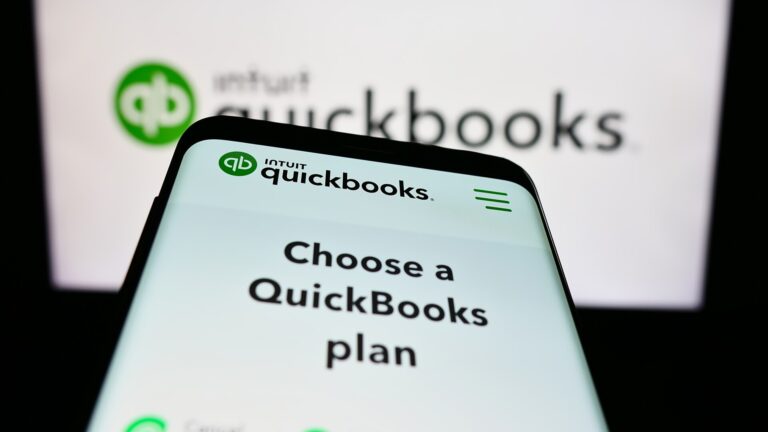For Etsy’s bottom line, 2021 was a good year, and 2022 sees additional changes to redouble the e-commerce giant’s success – but it’s not good news for its 2+ million sellers. Etsy announced in February it would be making changes to its fees and payments policy with far-reaching implications for its sellers. Etsy’s transaction fee (currently set at 5%) will rise to 6.5% – a 30% increase since the last modification in 2018.
The Sellers’ Community Response to Etsy’s Fee Increase
With the effective deadline fast-approaching (April 11), Etsy sellers united in a petition to demand the fee increase be canceled (you can read the petition in its entirety, here). As of April 4, the petition has support in excess of 28,000 signatures, and more than 5,000 sellers have agreed to strike from April 11-18 in protest of the fee increases.
The petition asserts that these fee increases (almost doubling in the last 4 years) are at odds with their founding vision of “democratizing access to entrepreneurship” and instead “resemble a dictatorial relationship between a faceless tech empire and millions of exploited, majority-women craftspeople”. According to Etsy’s 2015 white paper “Building an Etsy Economy: The New Face of Creative Entrepreneurship”, female entrepreneurs make up 86% of all sellers utilizing the platform. Of those, 30% treat their creative business as their sole occupation (whether sold via Etsy or not).
While the core of this dispute could be around the value Etsy brings to the relationship – like access to 39.4 million active buyers – the impact of the changes to this fixed-rate model of seller fees doesn’t make room for the individual value of different handmade items, creating a disproportionate impact on the overhead for sellers of larger, higher value items. Not to mention that most sellers (with less than $250k in annual volume) are unable to benefit from external small business initiatives – with Etsy receiving the difference.
The Etsy Fee Structure
Etsy has different fees that influence the cost of an individual transaction. These are charged alongside myriad fees such as in-person selling fees (through a Square integration), website fees, and the optional Etsy Plus subscription. We’ll break these down.
Listing Fees
Etsy charges a flat publishing fee of $.20 for listing an item for sale on their marketplace. This covers a listing lifespan of four months, and is manually or automatically renewed at the discretion of the vendor.
Transaction Fee
The source of the current controversy. Etsy charges a 5% transaction fee for all sales via a vendor’s Etsy store. The transaction fee will increase to 6.5% on April 11, 2022. This is a flat percentage applicable to all products sold on the Etsy store. Big ticket items, such as larger furniture, that cost into the thousands of dollars, are subject to that same percentage.
Shipping Fees
It is important to note that Etsy factors the cost of shipping into the whole transaction. This means that 5% of the shipping costs are also included in the transaction fee. This is on top of the cost of shipping determined by the shipping carriers, origin, destination, weight and dimensions of the package.
Advertising and Promotional Fees
Etsy offers two different semi-optional (you read that right) advertising packages for sellers. The first, Etsy Ads, is an internal platform that permits sellers to advertise their products to Etsy’s active buyers on a bid, cost-per-click basis (ie. the more competitors for certain keywords and products, the more expensive per click).
Offsite Ads are Etsy-controlled purchases on a network of participating partners away from etsy.com composed of social networks and search engines. This is optional, but only within certain parameters. Opting out is only available to shops who made less than $10,000 in sales over the previous 365 days. You will be charged 15% on transactions from ads if you stay opted-in. Higher revenue-generating sellers cannot opt out, and are charged 12% for all sales generated through Etsy’s Offsite Ads campaigns.
You can read all the information you need about Etsy’s ad policy on their legal page.
Payment Processing
Much like other sellers’ fees at Etsy, the marketplace offers a branded “Etsy Payments” processor, or sellers can utilize PayPal. Both of these processors offer fixed percentage + flat per-transaction fee arrangements.
Etsy Payments
For US and Canadian sellers, Etsy Payments costs 3% total sale price + 0.25USD/CAD flat fee per order, and otherwise varies by country.
PayPal
For “Standard Credit and Debit Card Payments”, PayPal offers 2.99% + .049 USD / .059 CAD.
Much like Etsy’s transaction fee, this is a flat offering that disregards much of the unique nature of individual businesses and their products (which Gravity’s recommended Cost Plus rates take into account). The underlying factor in pricing for credit card processing is the card brand and interchange fees. From time to time, these prices fluctuate – and sometimes in the favor of small businesses like this recent announcement from Visa, Inc.: Etsy’s sellers – most of whom generate less than $250,000 in annual visa credit volumes, are theoretically eligible for a 10% reduction in their rates. Etsy Payments and PayPal fixed percentage + flat fee offering negates this possibility. It also means they pocket the difference, further improving their bottom line.
The real cost of listing with Etsy
The benefits of listing and being supported by Etsy are numerous and is why it sees continued growth. The company has created a thriving retail community of craftspeople and creatives across the globe because of this. But with the increase in fees, the cost/benefit ratio for its individual sellers just became a little slimmer.
Etsy sellers, regardless of the value of their merchandise, are now required to pay around 9.5% of their revenue in transaction and payments fees before factoring the cost of creating their goods (time, personnel, raw materials, equipment and space). In addition, sales influenced by Etsy’s mandatory Offside Ads pushes the effective fees up to 21.5% for some sellers. This results in a staggering sum for creative entrepreneurs.
For a complete breakdown, we recommend Arslan Javed’s illuminating article over at https://www.ecomsay.com/.
Learn more about payment processing for small businesses with Gravity Payments, at this link.




